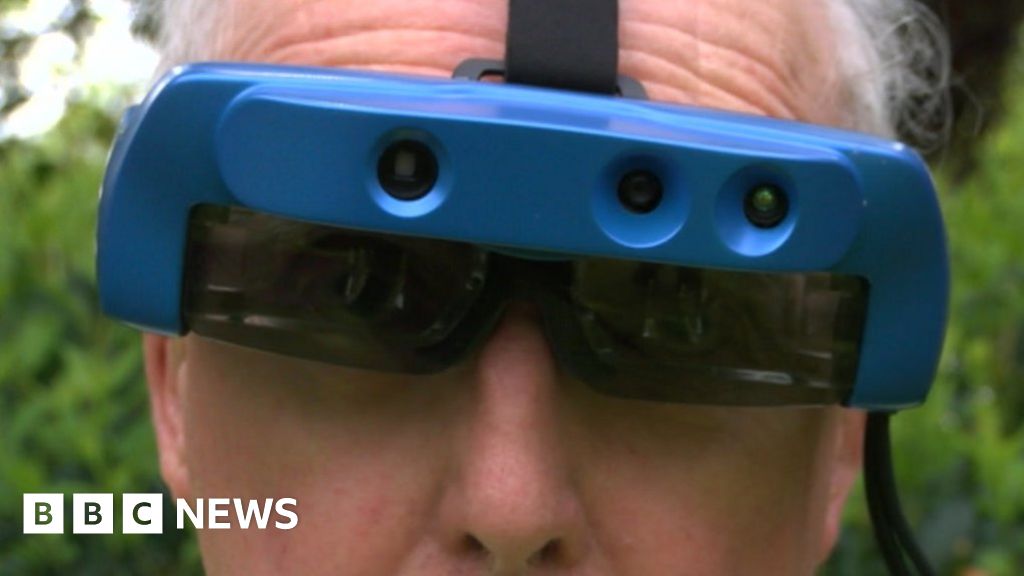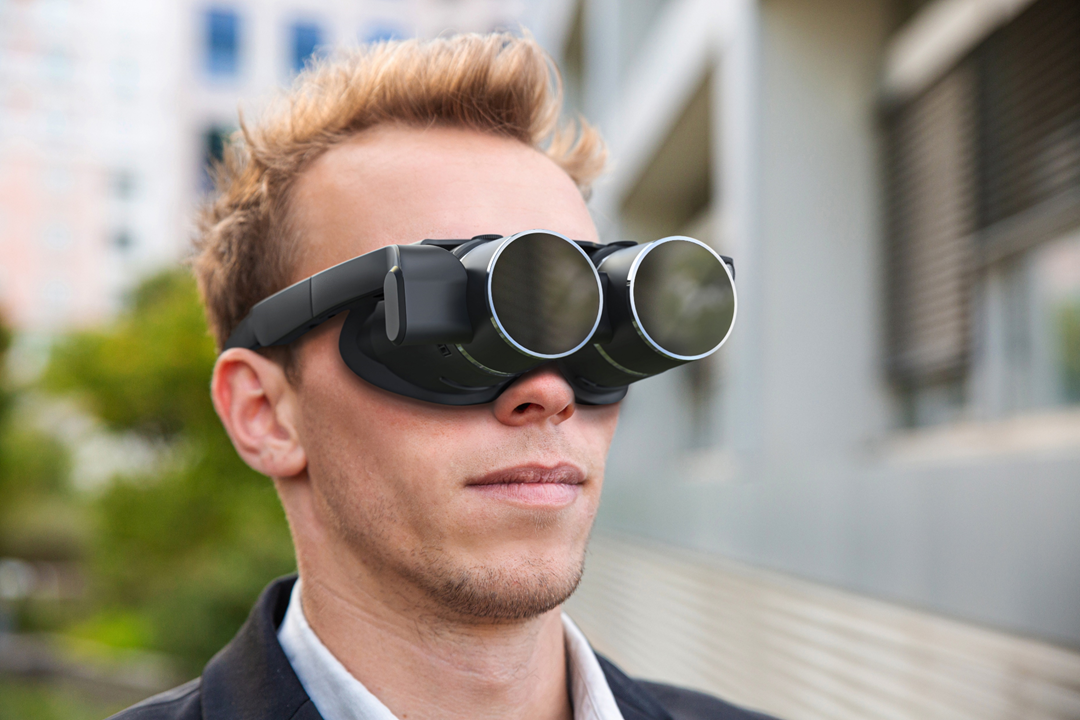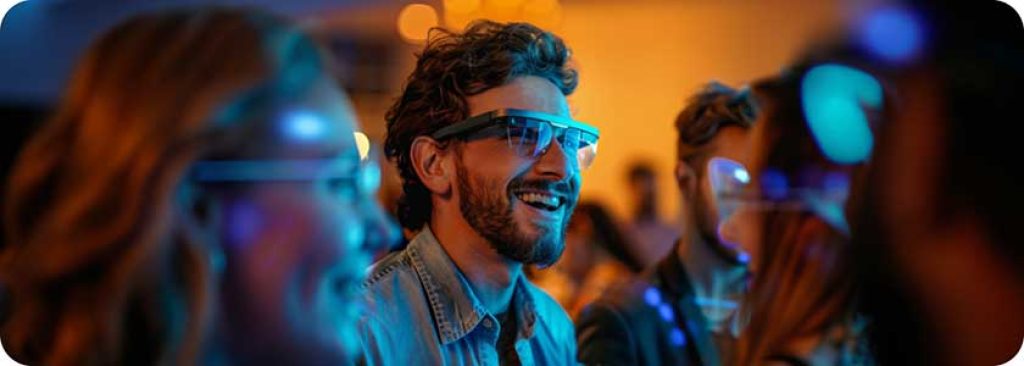Top Braille Displays and Notetakers to Enhance Accessibility for the Blind
Top Braille Displays and Notetakers to Enhance Accessibility for the Blind
Blog Article
Discover Advanced Assistive Devices for Individuals With Aesthetic Disabilities
The landscape of assistive innovation for individuals with aesthetic disabilities is developing rapidly, providing an array of cutting-edge gadgets that enhance freedom and engagement (Braille displays and notetakers). From smart glasses that perfectly merge aesthetic input with auditory guidance to advanced navigation applications that redefine spatial recognition, these devices are improving possibilities. In addition, the most recent improvements in Braille modern technology and voice-activated systems considerably add to ease of access. The effects of these growths prolong far beyond simple capability; they challenge traditional understandings of impairment and self-reliance. What might this indicate for the future of addition and assistance?
Smart Glasses Innovations
Smart glasses stand for a considerable innovation in assistive modern technology for people with aesthetic problems. Outfitted with cameras and sensors, smart glasses can capture real-time visual information, which is then refined and conveyed to the user with audio responses or haptic experiences.
In addition, advancements in fabricated knowledge have actually further enhanced the abilities of smart glasses. Equipment discovering algorithms can recognize faces, checked out text, and recognize items, making them vital tools for day-to-day tasks. Customers can get auditory signs that offer context about their setting, fostering independence and confidence.
Furthermore, the ergonomic layout and light-weight nature of many wise glasses make them appropriate for long term usage, making certain comfort while enhancing capability. As these tools remain to progress, they hold the prospective to transform the way people with visual problems experience their day-to-days live, bridging the space in between access and technology. The ongoing r & d in this area assurance to expand the possibilities for clever glasses, making them a crucial component of contemporary assistive gadgets.
Navigating Apps and Equipment
Many navigating apps and tools have actually arised as vital sources for people with visual disabilities, dramatically improving their ability to pass through strange settings. These technologies take advantage of general practitioner functionality, audio hints, and real-time information to offer customers with exact navigating support.
One prominent instance is the Aira application, which attaches users to experienced representatives that can provide aesthetic summaries of environments and navigating guidance through an online video clip feed. This service improves the customer's spatial awareness and confidence while navigating. An additional noteworthy tool is Seeing Eye GPS, which uses voice-guided navigation and points of interest, enabling users to accessibility essential details concerning their surroundings.

As technology proceeds to advancement, the development of extra advanced navigating devices assures to further encourage individuals with aesthetic impairments, facilitating smooth mobility and assimilation into varied settings. Such advancements are instrumental in advertising a more comprehensive society.
Braille Innovation Advancements
In recent times, innovations in Braille modern technology have actually substantially transformed exactly how individuals with aesthetic problems accessibility info and engage with the world around them. The advancement of portable Braille displays has revolutionized reading by allowing users to attach wirelessly to computers, smartphones, and tablet computers. These gadgets convert message into Braille in real-time, enabling smooth interaction with electronic content.
Furthermore, innovative Braille printers have actually emerged, improving the production of responsive materials. Modern embossers are quicker and more reliable, permitting the quick development of Braille documents and instructional materials. This efficiency lowers the time and price connected with generating Braille sources, making them a lot more easily accessible to schools and organizations.
In addition, the integration of Braille with various other technologies, such as fabricated intelligence and maker learning, has opened up brand-new avenues for individualized learning experiences. Voice recognition and synthesis modern technologies can complement Braille, supplying a comprehensive method to info circulation.
As the need for inclusive education and learning and work environment settings expands, these technological advancements play a critical role in equipping people with visual impairments, ensuring they have equal accessibility to details and opportunities in various aspects of life.
Wearable Tools for Self-reliance
A growing array of wearable devices is improving self-reliance for people with aesthetic disabilities, supplying cutting-edge remedies that boost navigating and day-to-day living. Braille displays and notetakers. These tools make use of innovative modern technologies to provide real-time feedback and support, promoting autonomy in different settings

Wearable innovation likewise includes smartwatches that can be set with accessibility attributes, allowing customers to get notifications, track their areas, or even ask for aid with the touch of a button. Moreover, some tools include expert system to examine the atmosphere, offering audio summaries of close-by items or people.
Voice-Activated Assistive Solutions
Leveraging voice-activated assistive remedies has actually changed the landscape of assistance for people with aesthetic impairments, offering hands-free interaction and accessibility to a range of jobs. These innovations make use of natural language processing and expert system to allow customers to perform day-to-day tasks through basic voice commands.

Furthermore, current innovations in voice recognition precision have boosted the user experience considerably, suiting diverse accents and speech patterns. This inclusivity makes sure that more people can take advantage of these modern technologies, cultivating a higher sense of freedom.
Verdict
Finally, the advancement of advanced assistive tools dramatically improves the self-reliance and quality of life for people with visual impairments. Innovations such as clever glasses, navigation apps, Braille technology, wearable tools, and voice-activated options collectively cultivate an even more comprehensive environment. These technologies encourage individuals to navigate their surroundings with self-confidence and engage even more fully with the globe, eventually promoting better access and level playing fields for people facing aesthetic obstacles.
The landscape of assistive innovation for individuals with aesthetic problems is progressing rapidly, providing a range of cutting-edge tools that boost autonomy and interaction.Smart glasses stand for a considerable advancement in assistive modern technology for eye specialist optometrist individuals with visual problems. As these devices continue to advance, they hold the potential to reinvent the means individuals with visual problems experience their daily lives, connecting the space in between ease of access and modern technology.In recent years, advancements in Braille innovation have considerably transformed just how individuals with aesthetic impairments gain access to information and engage with the world around them. These technologies equip individuals to browse their surroundings with self-confidence and involve even more fully with the world, inevitably advertising greater availability and equivalent possibilities for people encountering visual challenges.
Report this page